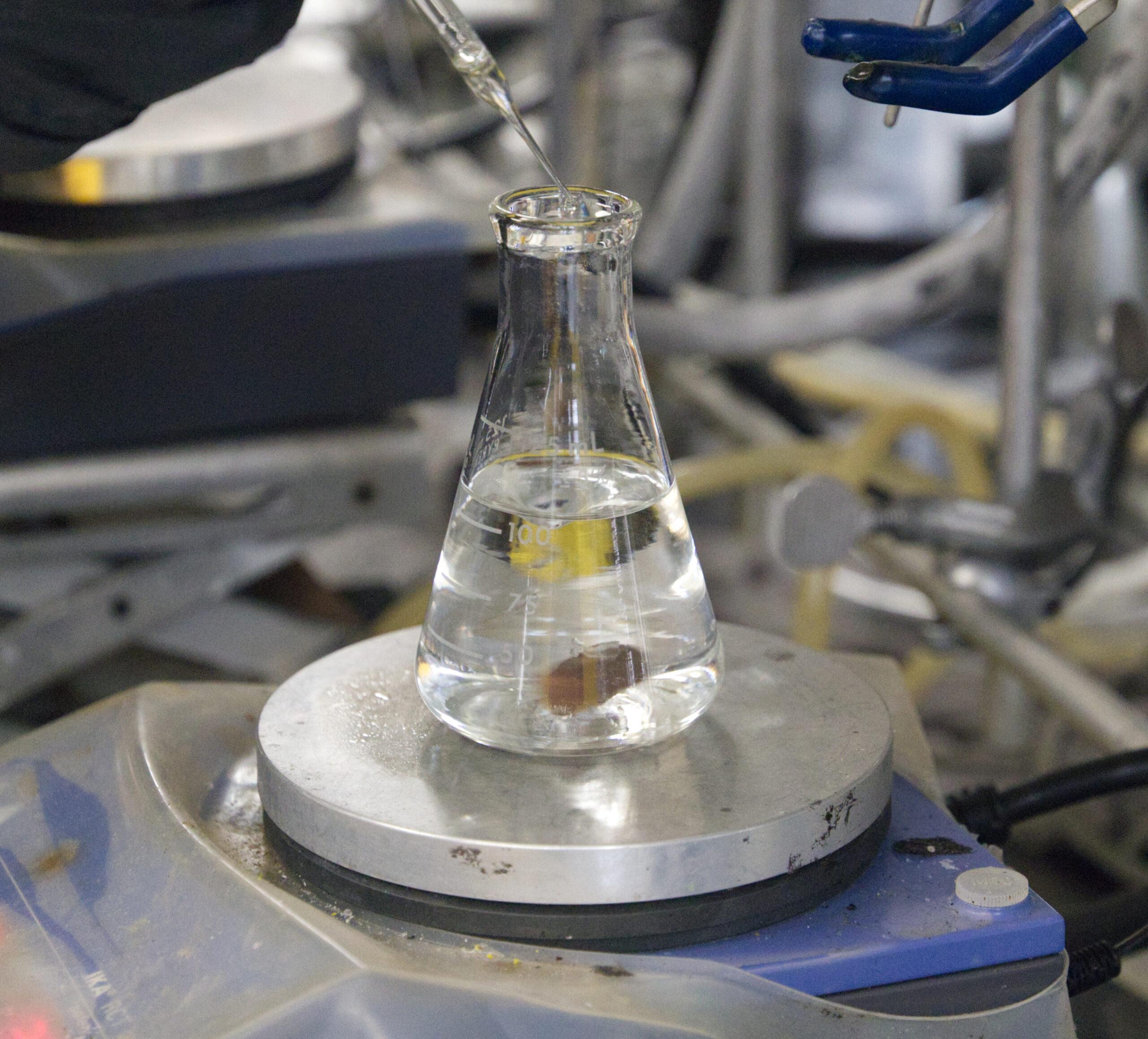
Current GATE Awards
2023 GATE Awardees

Shikha Bangar
Physics
Shikha Bangar’s work focuses on Novel Algorithms for NISQ Devices; Bangar is developing quantum algorithms that can be implemented on current quantum technologies. Currently, she is designing a continuous-variable (CV) quantum neural network protocol that can be realized experimentally. This protocol uses only Gaussian gates, and nonlinearity is introduced through measurements on ancillary qumodes. Next, she will investigate the power of CV quantum neural networks and compare them with their classical counterparts.
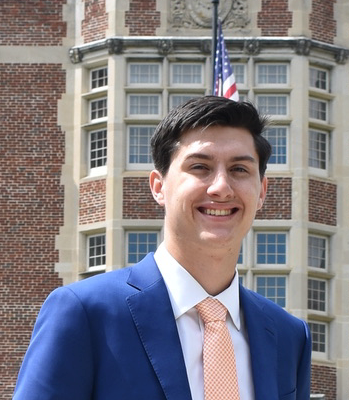
Ian Cox
Physics
Ian Cox is collaborating with ORNL and other institutions to study the decays of exotic isotopes using the FRIB Decay Station Initiator (FDSi). FDSi allows for the combination of high-resolution gamma and neutron spectroscopy with total absorption gamma spectroscopy to measure excited states in nuclei. These results allow insight into interactions between protons and neutrons in the nucleus, thus helping to provide better models for astrophysical applications. Also, an upcoming experiment will attempt to measure the superallowed alpha decay of 104Te to provide needed insight into how protons and neutrons cluster together.
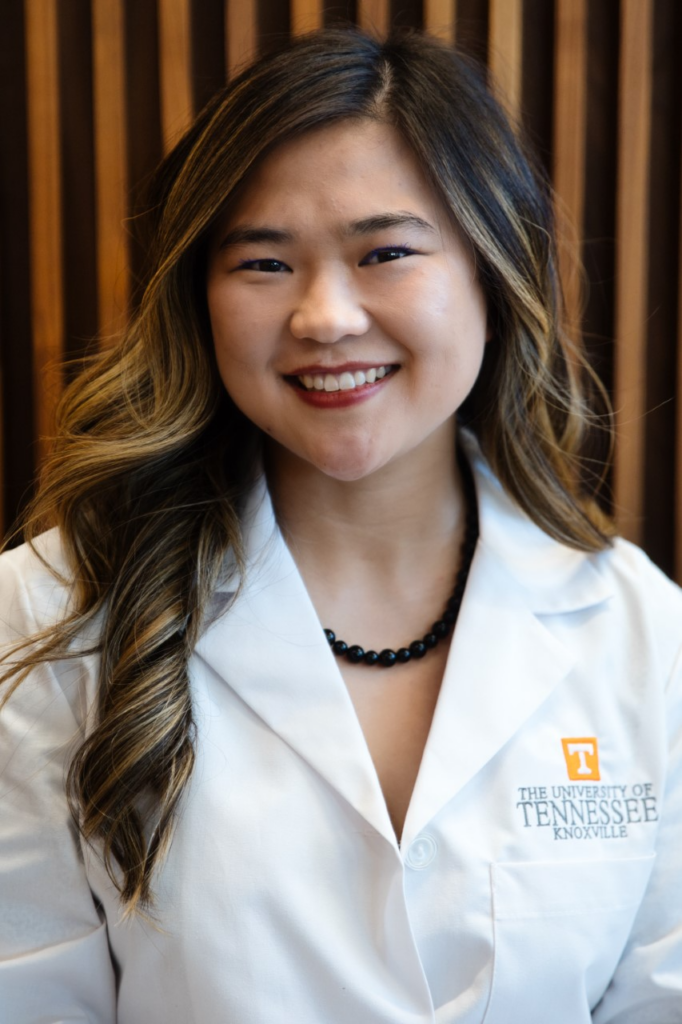
Presley Dowker
Nutrition
Presley Dowker’s research focus is on identifying and characterizing novel pharmacological and diet-based approaches to treat and prevent obesity and its associated metabolic consequences. This is achieved through the use of both in vitro (cell culture) and in vivo (mice work) models which allows her to characterize the function and contribution of key metabolic proteins and enzymes related to the pathogenesis of obesity. Presley’s overarching goal is to identify novel strategies that will alleviate or treat metabolic diseases through the use of pharmacological, genetic, or nutritional approaches.

Diyi Liu
Civil & Environmental Engineering
Diyi Liu’s research focuses on tackling engineering problems in the transportation field using emerging and the innovative methodologies and technologies including statistical machine learning, data science, numerical optimization, etc. Liu’s research is threefold: (1) to understand transportation and its pattern using statistical approach; (2) to enhance the “total benefits” of traffic through better control algorithms; (3) to make new theoretical and practical contributions about different methods through studying the hard transportation-related topics like intelligent carpool matching, truck volume identification, etc.
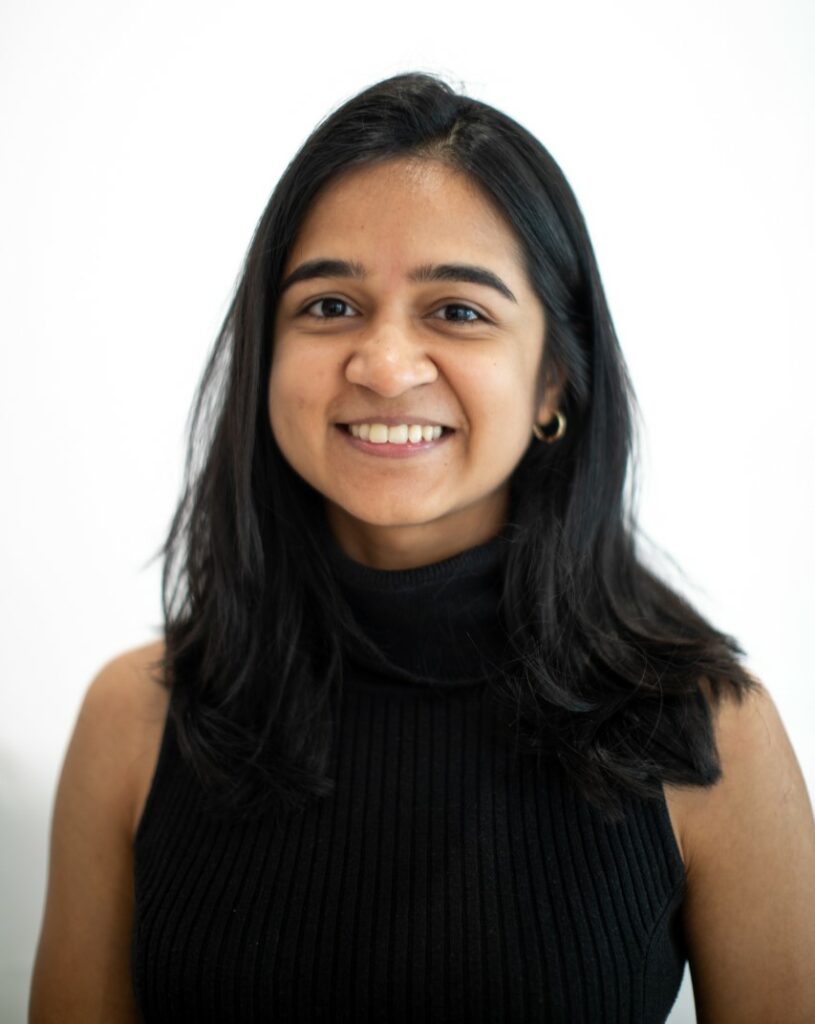
Sayali Mulay
Microbiology
Sayali is working on Arctic subsurface samples collected from Svalbard, Norway to identify active microbial population during permafrost thaw. She is using a molecular based activity detection technique to identify and isolate active microbes from the thawed permafrost. Her research will help us understand the microbial communities that dominate the thawing Arctic subsurface and their processes.

Kristen Kennison
Chemistry
Kristen Kennison’s research focuses on exploring a poorly understood characteristic of the plasma membrane, transbilayer compositional asymmetry. Currently, she is primarily focusing on characterizing asymmetric bilayers that mimic eukaryotic plasma membranes to reveal information about interleaflet coupling. Kristen’s work involves producing symmetric and asymmetric giant unilamellar vesicles and large unilamellar vesicles utilizing methods such as calcium-induced hemifusion and methyl-beta-cyclodextrin exchange, respectively. She has utilized many different techniques to characterize these model membranes such as confocal fluorescence microscopy, Forster resonance energy transfer, cryogenic electron microscopy, and small-angle neutron scattering.
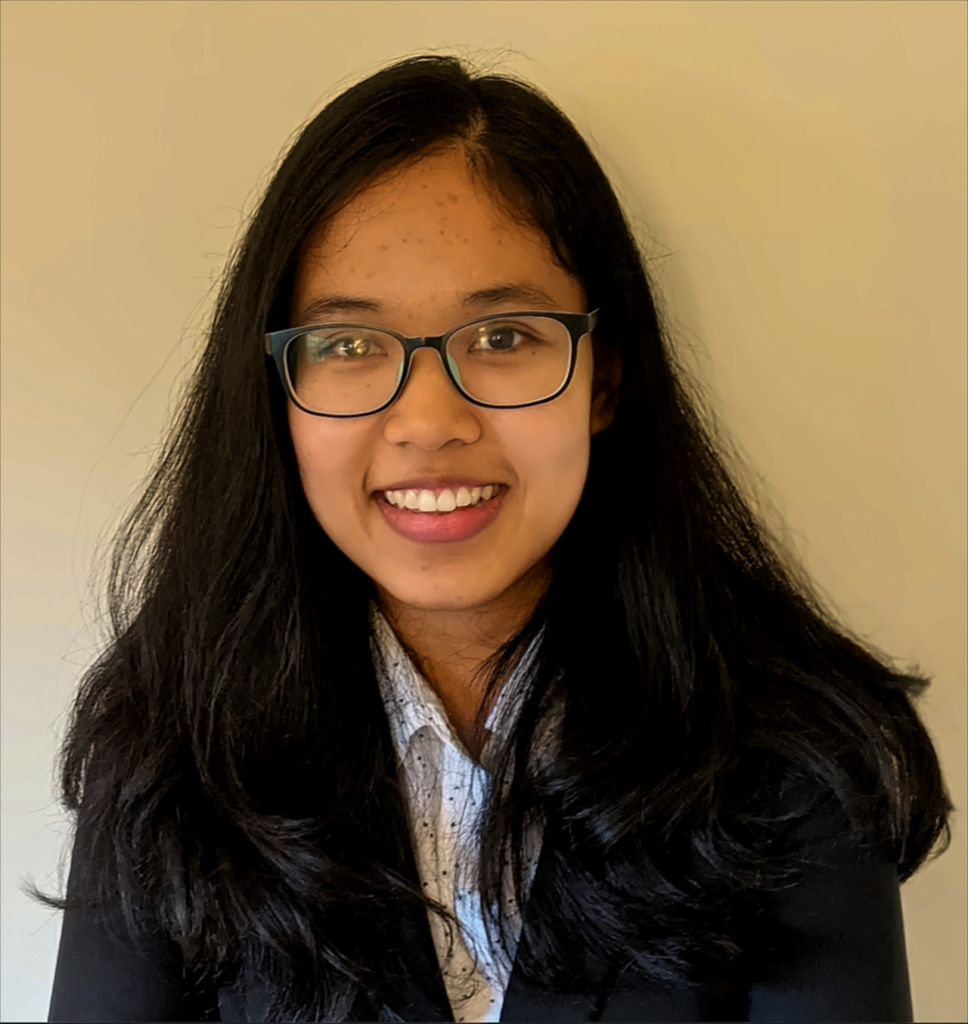
Paychuda Kritprajun
Electrical Engineering
Paychuda’s research focuses on studying the impact of grid-connected photovoltaic with supercapacitor systems (PVSS) on power grids. To investigate its behavior under power system transient events, she developed a converter-based supercapacitor emulator with PV on a real-time reconfigurable hardware testbed (HTB) platform. Kritprajun’s research aims to develop the control of PVSS to ensure its availability to provide grid services under severe events while maintaining the safe operations of both PVSS and power grids and to help PV generation sources ride through major grid disturbances without disconnecting from the grid.
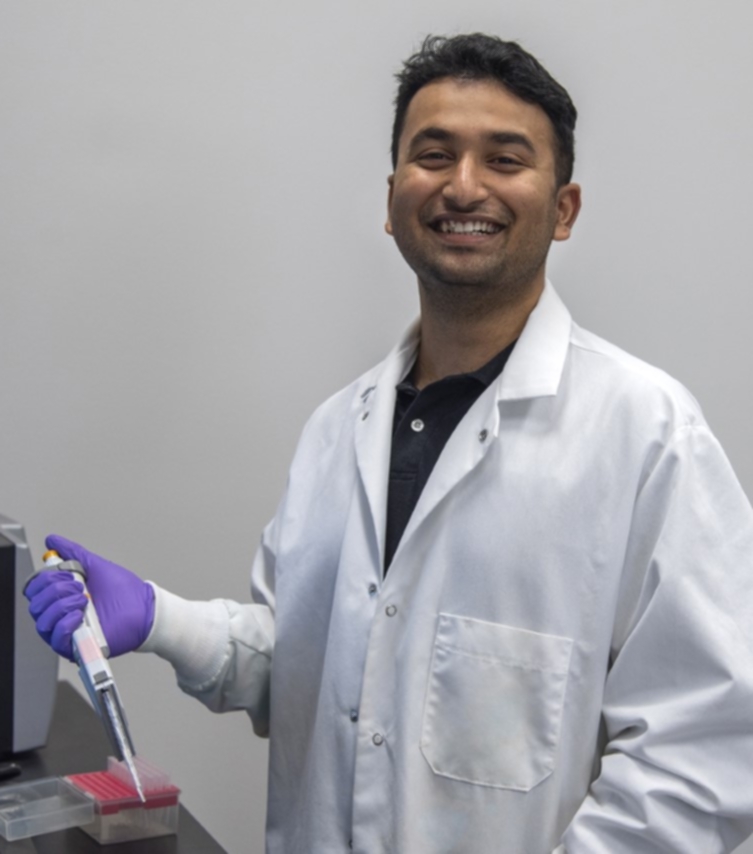
Rounak Patra
Biosystems Engineering and Soil Science
Rounak Patra’s research focuses on C isotopes to understand subsoil carbon dynamics. Our current understanding of soil organic carbon (C) dynamics is mainly derived from topsoil studies. Theoretically, subsoil possesses ideal traits for long-term C storage, yet the mechanistic understanding of fulfilling such potential is largely unknown. In Patra’s dissertation research, they leverage stable C isotopes to study active microbial functional traits associated with C cycling to understand subsoil carbon dynamics under highly managed ecosystems.
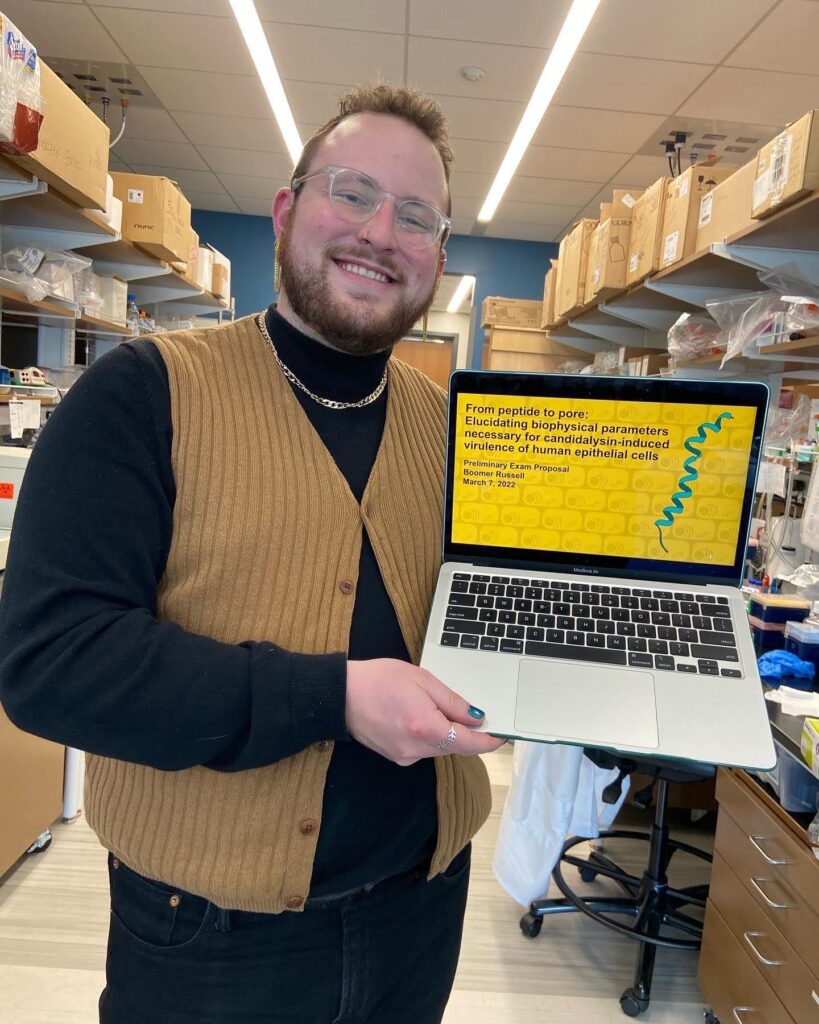
Charles Russell
Biochemistry, Cellular and Molecular Biology
Charles Russell studies the pore formation mechanism of the virulent peptide, candidalysin, that is required for Candida albicans pathogenesis. Russell is interested in the physical influence that plasma membrane lipids have on protein structure and function. Understanding the mechanism of candidalysin self-assembly and pore formation will inform new avenues to treat C. albicans infection and can also be utilized in other biomedical applications.
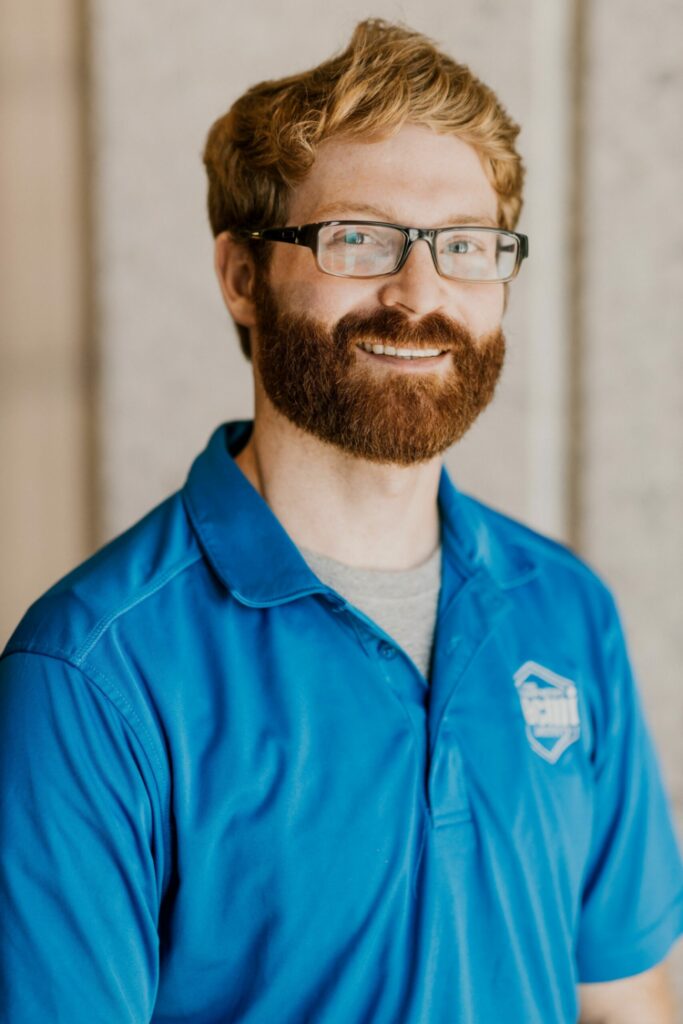
Ryan Spencer
Mechanical, Aerospace, and Biomedical Engineering
Ryan Spencer works with nondestructive evaluation (NDE) tools that will be integrated into advanced manufacturing methods in order to provide high quality and defect free components. Spencer’s research focuses on large-scale additive manufacturing methods that are still prone to defect development during the fabrication process. By applying acoustic emission, a leading NDE technique, as structural health monitoring, Spencer will measure stress waves caused by initial failure points, such as cracking. This method will provide early detection of defects during the print process and allow the ability to take preventative action.
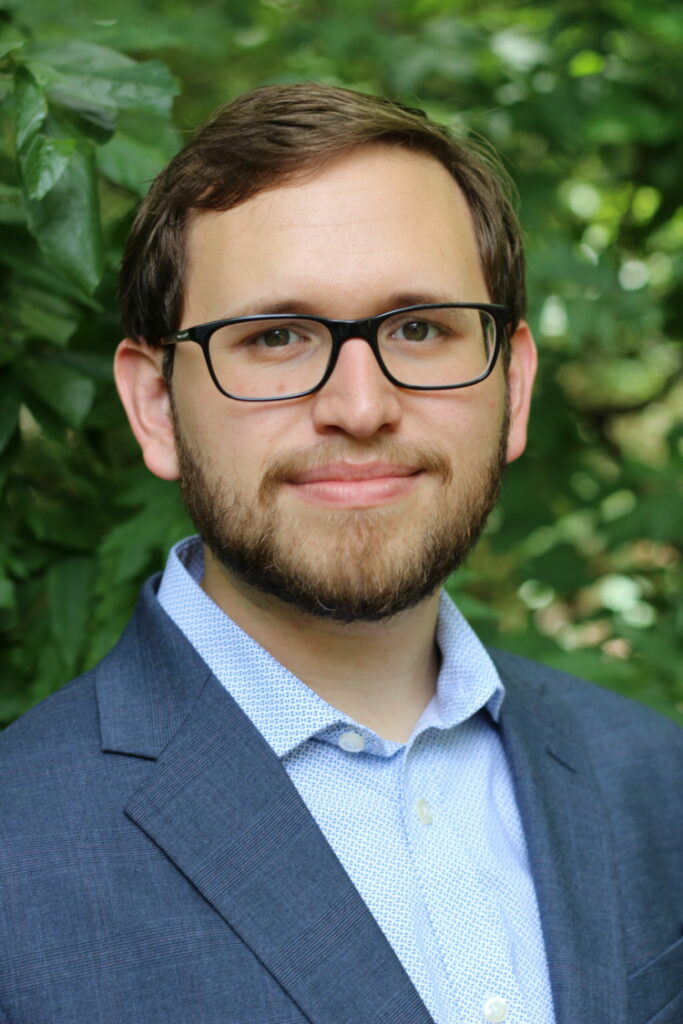
Jeremy Watts
Industrial and System Engineering
Jeremy Watts’ research combines data and decision sciences to optimize healthcare treatment plans for Parkinson’s disease patients. Parkinson’s disease is a chronic, progressive neurological disorder with no known cure. Jeremy’s work utilizes wearable sensors and patients’ demographics/genetics to dynamically adjust patients’ medications/therapies to reduce their symptoms.
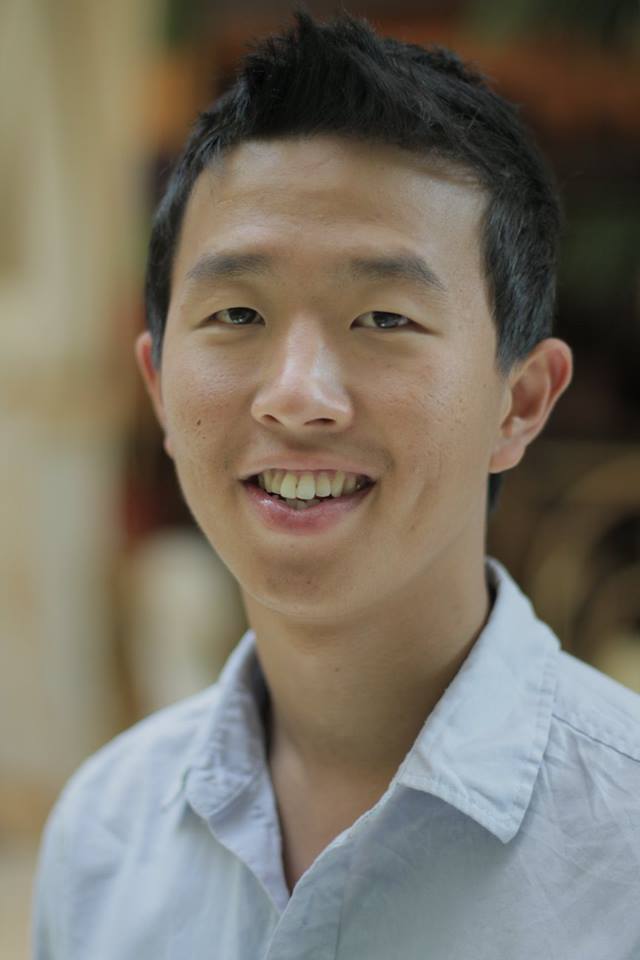
Hyun Seok Yoon
Ecology and Evolutionary Biology
Hyun Yoon is interested in aquatic species conservation. Yoon is currently working on projecting how the range of freshwater fish and mussel species will shift in the future due to climate change and hydropower/thermoelectric plants operation. He is doing this using species distribution modeling to calculate the likelihood of occurrence of species using predictors such as temperature and flow of the streams simulated through the water balance model. Based on the projected change in species distribution, Yoon will conduct an economic risk calculation from potential fluctuation in the species monitoring and mitigation cost for the hydropower plant operations.
